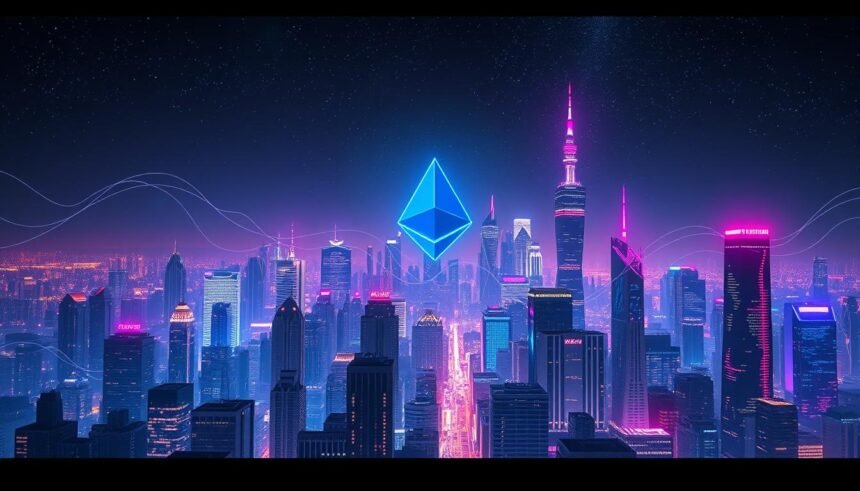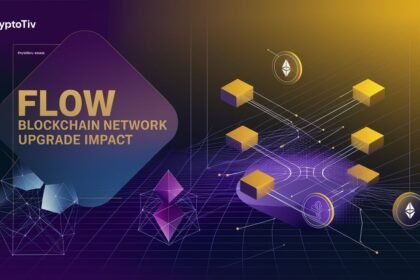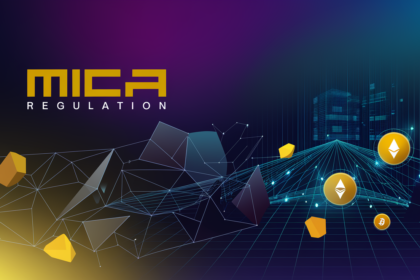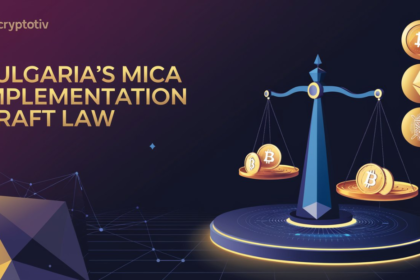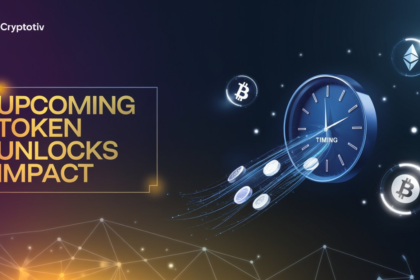The Ethereum network is getting big updates to make it better, faster, and greener. These changes are key as more people use it for things like DeFi and NFTs. They help the network handle more users and give everyone a smoother experience.
One big update is moving to Ethereum 2.0, or Eth2. This means switching from the old proof-of-work system to proof-of-stake. This change will cut down on energy use, make the network safer, and let more people help run it by staking ETH.
Another big change is sharding. This will make the network faster and lower fees. Sharding splits the blockchain into smaller parts. This lets more transactions and smart contracts happen at the same time. It’s a big step towards making Ethereum better for everyone.
There are also many Ethereum Improvement Proposals (EIPs) being worked on. These EIPs aim to make the network work better and be easier to use. They cover things like lowering fees and improving smart contracts.
As these updates roll out, they’ll likely boost Ethereum’s price and the growth of DeFi and NFTs. With quicker transactions, lower fees, and better security, Ethereum is set to stay at the top for decentralized apps and digital assets.
Ethereum’s Roadmap: Upcoming Upgrades and Enhancements
The Ethereum network is getting better with new upgrades coming up. These changes will make it faster, safer, and more efficient. The roadmap shows us what’s next, bringing new chances for developers and users.
Ethereum 2.0: The Transition to Proof-of-Stake
Ethereum 2.0, or Eth2, is a big upgrade everyone’s waiting for. It will switch from a proof-of-work system to a proof-of-stake one. This change is more energy-efficient and secure.
The first step, the Beacon Chain, started in December 2020. It lets ETH holders stake their tokens to help secure the network and earn rewards.
The next big step is merging the current Ethereum with the Beacon Chain. This will finish the switch to proof-of-stake. It will cut down on energy use and help Ethereum grow faster.
Sharding: Scaling Ethereum for Increased Throughput
Sharding is another key part of Ethereum’s future. It splits the network into smaller chains that work together. This means Ethereum can handle more transactions and lower fees.
Sharding will be added in stages. The first stage prepares the ground, and the second stage lets different shards talk and work together. When it’s all in place, Ethereum will be able to handle thousands of transactions at once.
Ethereum Improvement Proposals (EIPs) in the Pipeline
There are also many Ethereum Improvement Proposals (EIPs) being worked on. These aim to make Ethereum better, add new features, and solve problems. Some important ones include:
- EIP-1559: This proposal changes how transaction fees work. It burns a base fee with each transaction and adds a tip for miners. This makes fees more predictable and can reduce the total ETH supply.
- EIP-3675: Known as the “difficulty bomb delay,” this proposal puts off the difficulty bomb. This bomb makes mining harder to push for a proof-of-stake switch.
- EIP-4488: This proposal lowers the cost of data processing for smart contracts. It makes it cheaper for contracts to handle big data sets.
As Ethereum’s developers keep improving things, the network is getting stronger and more useful. The new upgrades will make existing apps better and open doors for new ones. This will help Ethereum grow and attract more users.
The Impact of Ethereum Upgrades on DeFi and NFTs
The upcoming Ethereum network upgrades will change the DeFi and NFT sectors a lot. They will fix big problems like high gas fees and network congestion. This will make DeFi and NFTs more popular and lead to new ideas.
Lower Gas Fees and Faster Transactions
Ethereum upgrades will cut gas fees and make transactions faster. Thanks to Ethereum Layer 2 solutions and other improvements, doing things on the network will cost less and be quicker. This will make DeFi more open to everyone, helping it grow.
Enhanced Security and Reliability for DeFi Protocols
The upgrades will also make DeFi protocols safer and more reliable. With better network performance and less congestion, DeFi apps will work better. This will make people trust DeFi more, bringing in more users and money to Ethereum.
As a result, we’ll see new and creative DeFi projects using the upgraded Ethereum network.
Improved User Experience for NFT Marketplaces and Collectors
NFT marketplaces and collectors will benefit a lot from these upgrades. With lower fees and quicker transactions, using NFT platforms will be much better. Collectors will easily buy, sell, and transfer NFTs without the hassle of high fees and slow times.
This will help NFTs become more popular, offering new chances for artists, creators, and collectors in the Ethereum world.
As Ethereum keeps improving, DeFi and NFTs are set to grow a lot. With lower fees, faster transactions, better security, and a better user experience, these markets will open up new possibilities and encourage innovation.
Ethereum Network Upgrade News: Latest Developments and Timelines
The Ethereum community and developers are hard at work on network upgrades. These upgrades aim to boost the blockchain’s performance, scalability, and security. They are key for Ethereum’s long-term success and its ecosystem, which includes DeFi apps and NFTs.
The launch of the Beacon Chain in December 2020 was a big step forward. It started Ethereum’s shift from proof-of-work (PoW) to proof-of-stake (PoS). The Beacon Chain is doing well, drawing more validators who stake their ETH to secure the network and earn rewards.
The London hard fork in August 2021 was another big event. It brought in EIP-1559, which helps lower gas fees and puts downward pressure on the ETH supply. EIP-1559 has made gas fees less volatile and easier to predict for users and developers.
Next up is the merge of the Ethereum mainnet with the Beacon Chain, expected in Q3 or Q4 of 2022. This will fully switch Ethereum to PoS, making it more energy-efficient and eco-friendly. It will also pave the way for upgrades like sharding, which splits the blockchain into smaller parts for faster transactions.
Alongside the merge and sharding, Ethereum is looking into rollups and sidechains for scaling. These solutions help offload transactions from the main blockchain, making them faster and cheaper. Zk-rollups are especially exciting because they can combine many transactions into one proof, cutting gas costs and boosting speed.
There’s also a focus on improving the Ethereum Virtual Machine (EVM) and optimizing gas usage. These efforts aim to make it easier for developers to create and deploy dApps on Ethereum. They also aim to give users a better experience.
As Ethereum works on these upgrades, tackling technical challenges is key. The teamwork between developers, researchers, and stakeholders is vital for Ethereum’s progress. Their efforts will shape the network’s future.
With the merge and ongoing improvements, Ethereum is set to stay a leader in the blockchain world. These upgrades will help the network and the whole ecosystem of dApps, DeFi protocols, and NFT marketplaces that depend on it.
Staking and Validation: Opportunities for ETH Holders
With the switch to proof-of-stake, Ethereum staking pools are a great chance for ETH holders to help the network grow and stay secure. By staking your ETH, you can earn rewards and help make Ethereum more decentralized. This could also boost the Ethereum price after the upgrade.
To become an Ethereum validator, you need 32 ETH and to run a node, which requires some tech skills and the right hardware. But, Ethereum staking pools and services are making it easier for users with less than 32 ETH or those who want a simpler way. These pools bring together ETH from many people, meeting the staking needs and sharing rewards fairly.
Ethereum validators earn staking rewards, which could be more attractive in the early days of Eth2. As more people start staking and the network gets updates, rewards might level out. Staking is key to keeping the Ethereum network safe, supporting its future, and growing its use. With new upgrades and more interest in staking, Ethereum is set for big growth and more visibility in the future.



